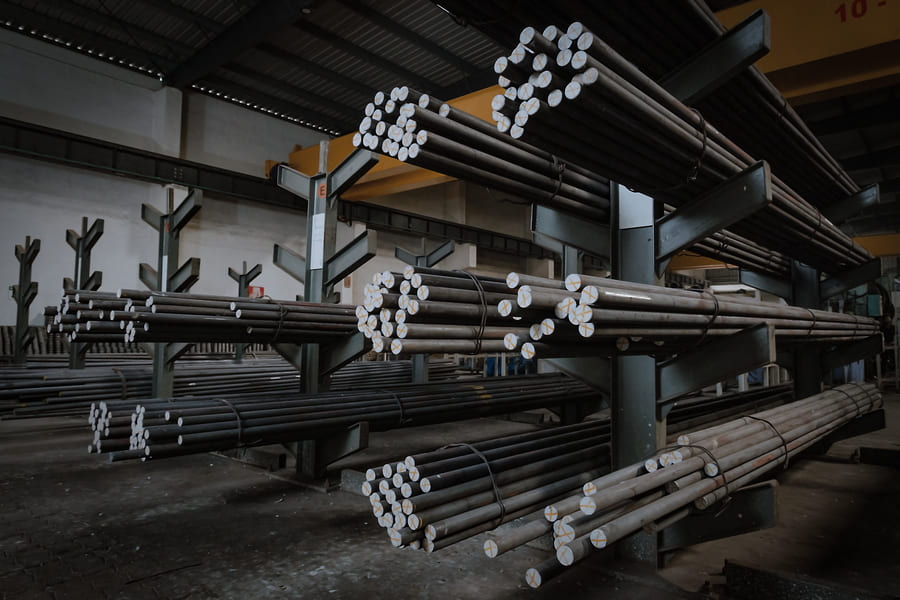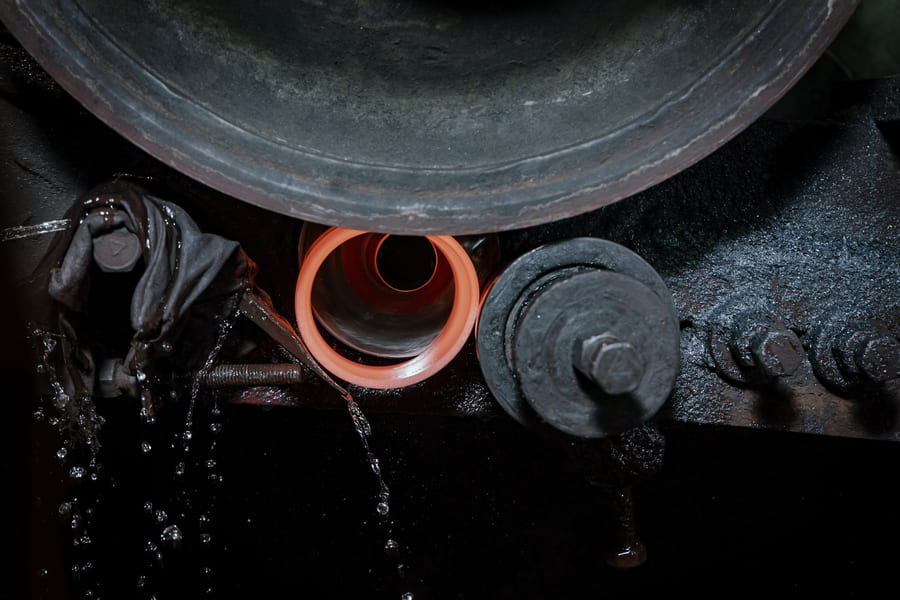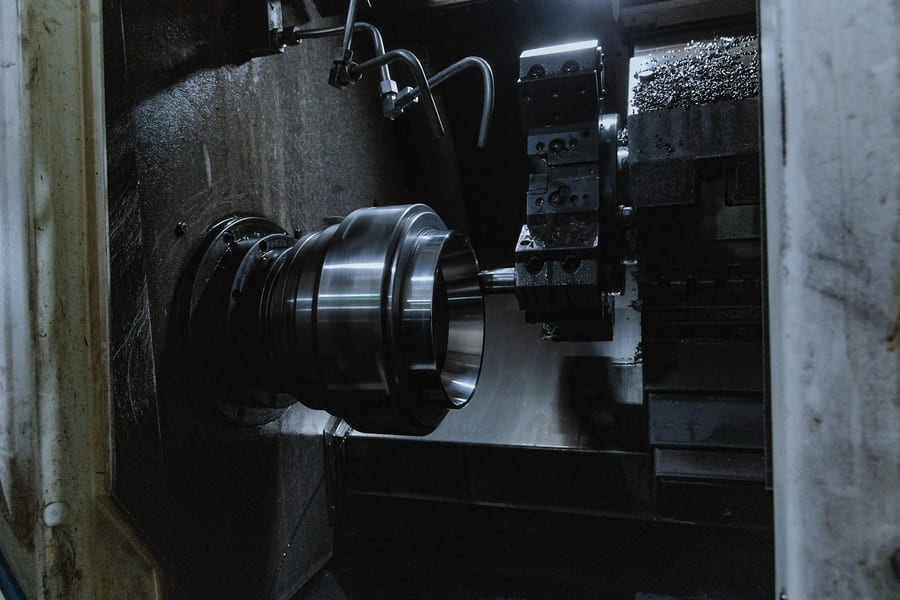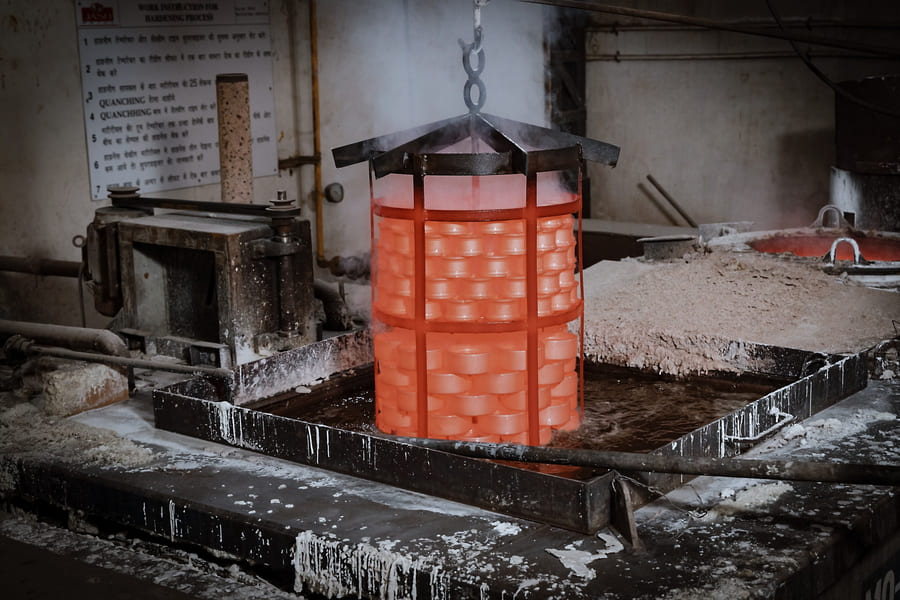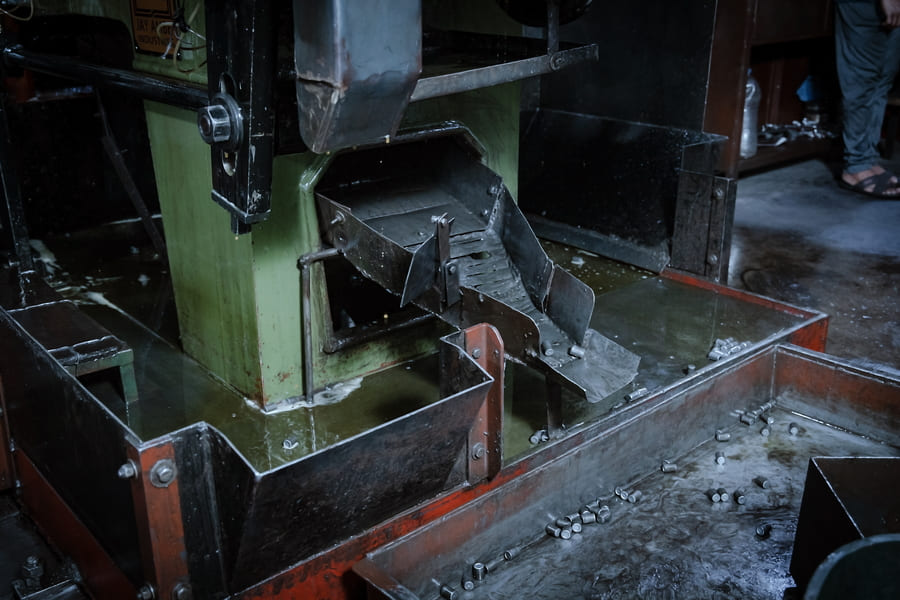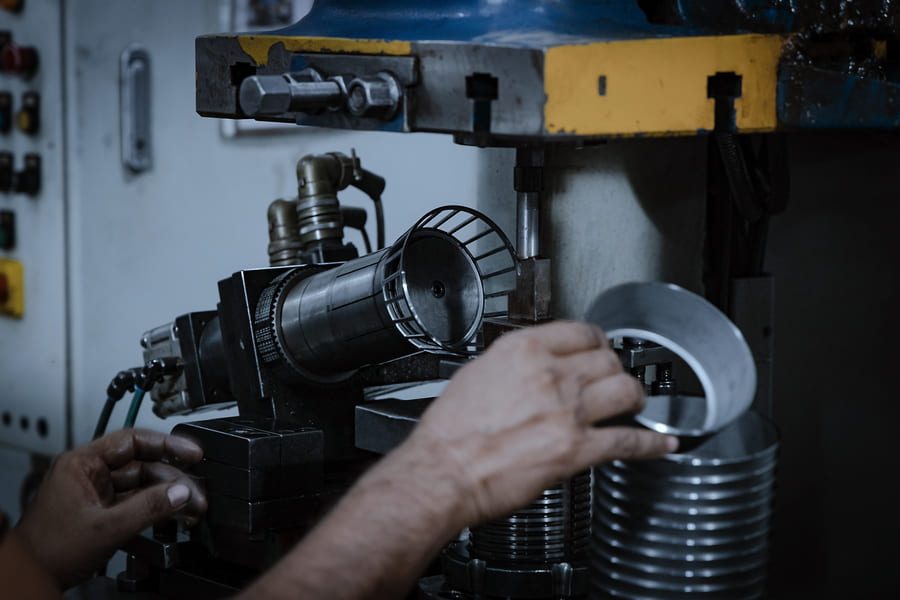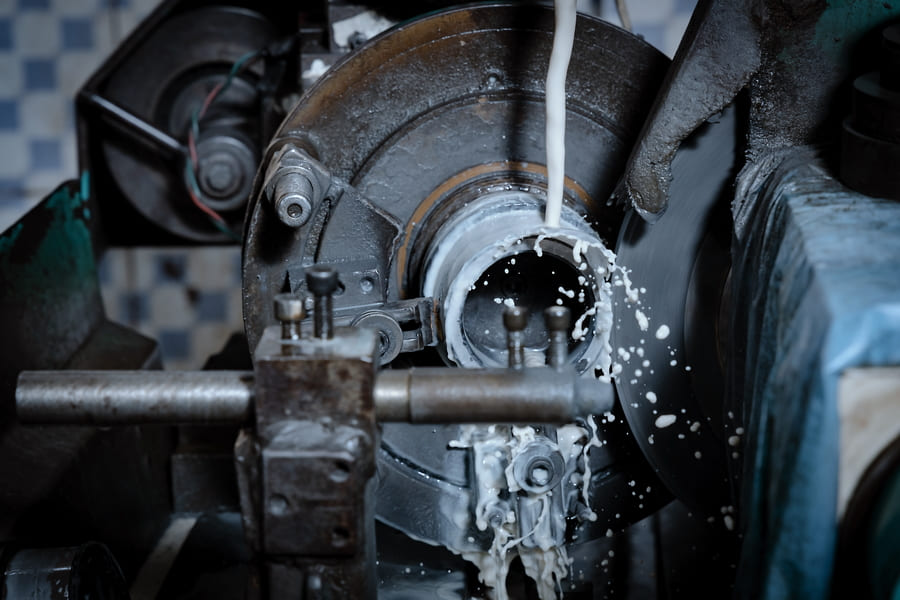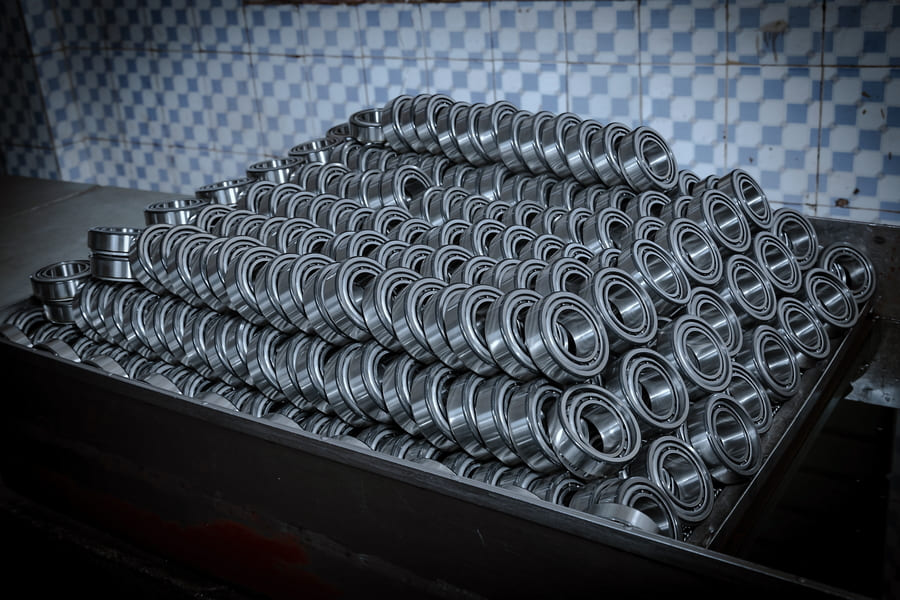RAW MATERIALS
SAE 52100 Steel, adhering to global quality benchmarks, serves as the foundational raw material for crafting AVB bearings. This steel variant is consistently employed in the production of bearing elements such as races and rolling components. Additionally, all cages are exclusively composed of CRC material and brass, while rollers are crafted from SAE 52100 / EN31 Steel, in strict accordance with international standard specifications.

